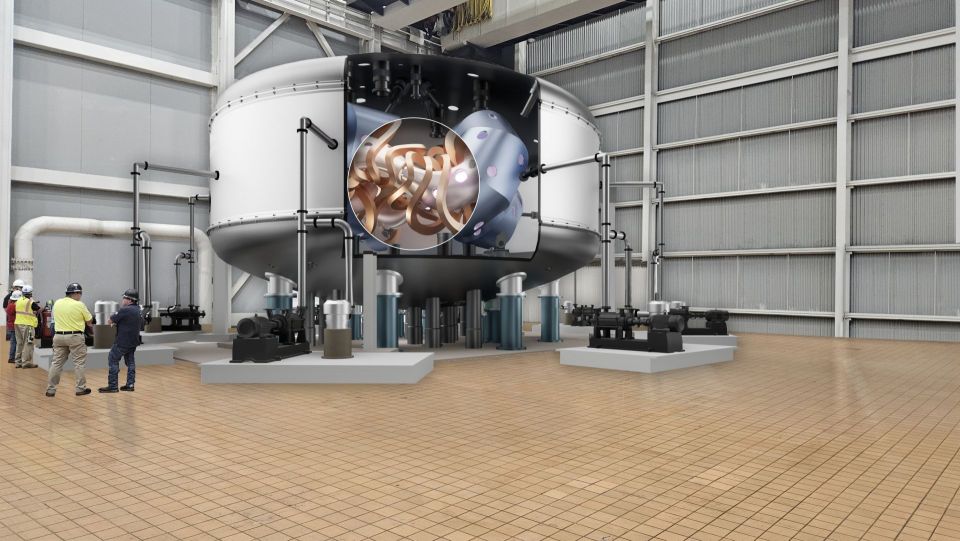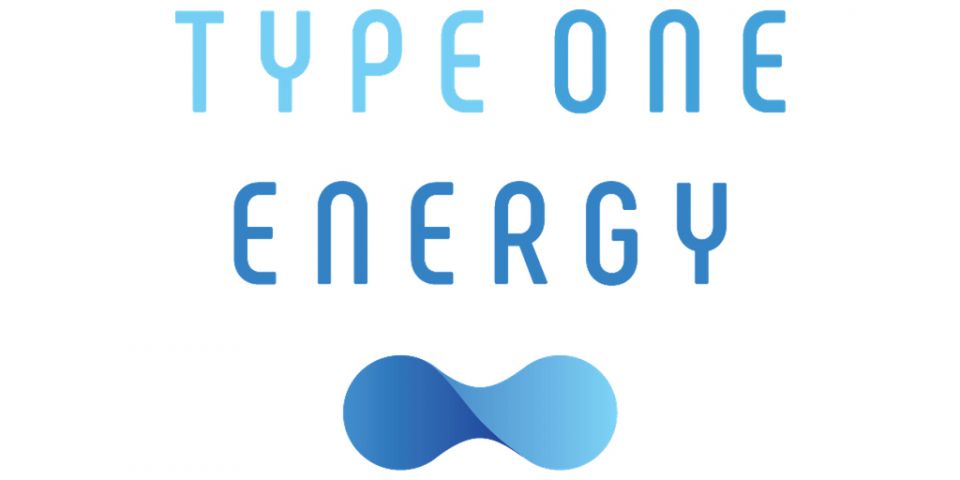Acknowledging hydrogen’s role in energy storage and hydrogen fuel cells to power heavy transport, Bigot said, “I, too, am in favor of a future in which hydrogen plays a major role in clean energy production and consumption—particularly as the fuel for hydrogen fusion power.”
Drawing a distinction: Burning hydrogen in fuel cells or combustion engines relies on a chemical reaction of hydrogen with oxygen, but fusion is not a chemical reaction. Instead, Bigot emphasizes, “It is a nuclear reaction in which—in keeping with Einstein’s famous equation, E=mc2—a tiny amount of matter is converted to a large amount of energy when two hydrogen nuclei fuse.” Two isotopes of hydrogen—deuterium and tritium—offer the highest energy yield, producing helium and a neutron that delivers the fusion energy.
Life cycle emissions: Bigot noted that like electricity, hydrogen is an energy carrier and not a “primary fuel.” It must be produced before it is used, and how it is produced matters.
“To fully account for the environmental effects of hydrogen as a fuel, one must calculate the impacts of the entire hydrogen production and consumption life cycle,” Bigot said. “For example, if photovoltaic solar panels are used to produce electricity, which in turn is used to produce hydrogen via electrolysis, the ‘green’ aspect of this production cycle must be evaluated further. Solar panels are frequently manufactured using coal-fired energy, so these carbon emissions must be included in the calculation. Other factors are also important: the efficiency of the solar panels or steam turbines used to generate electricity, the energy consumed in electrolysis, the energy lost in electricity transmission, the form and amount of energy used to transport hydrogen to its final destination, and the impact of the eventual disposal or recycling of all the parts and components used.”
Not just ITER: While celebrating ITER as a collaboration of 35 countries that exemplifies the global approach needed to combat climate change, Bigot acknowledged that an increasing number of private fusion start-ups are chasing the goal of net power from fusion.
“While some of these projects involve higher-risk, less-tested designs and materials, each is very welcome and contributes to global fusion research and development,” Bigot said. “And the involvement of the private sector signals that, globally, we are closer than ever to making fusion a reality.”



.svg.png)






